In 2012, Lewis Bush travelled around Europe, trying to document the effects of the global recession and the Euro crisis.
“I found myself continuously getting caught up on what seemed to me to be the major role being played by the past in the problems of the present,” he says.
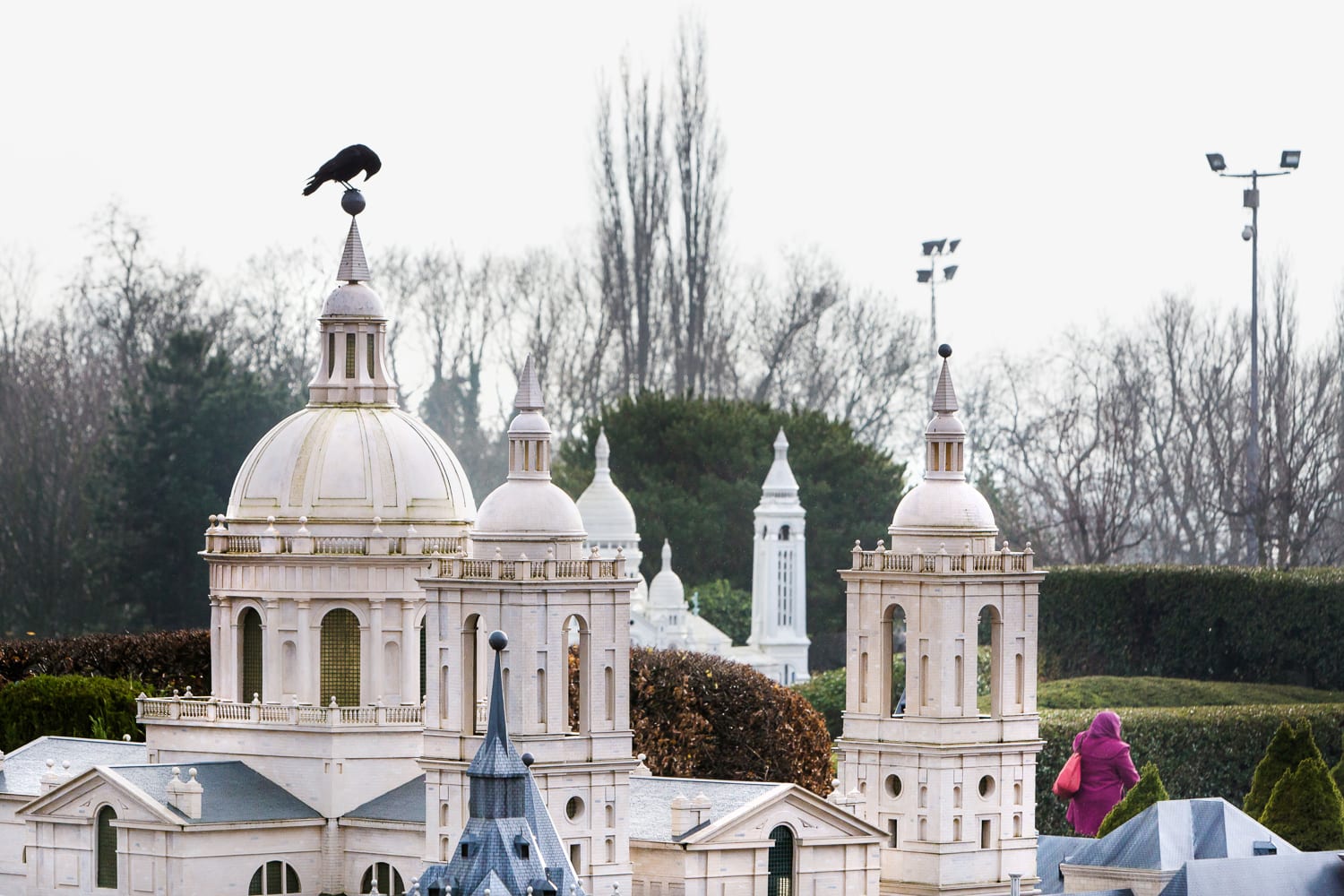
On his travels, he found a small theme park, one made to celebrate the harmonious idyll of The European Union – “a bizarre vision of an idealised Europe.”
The park contained the national landmarks of each EU member states, reproduced as scale models. From the French Arc de Triomphe, to The British Houses of Parliament, from the Channel Tunnel to the Brandenburg Gate.
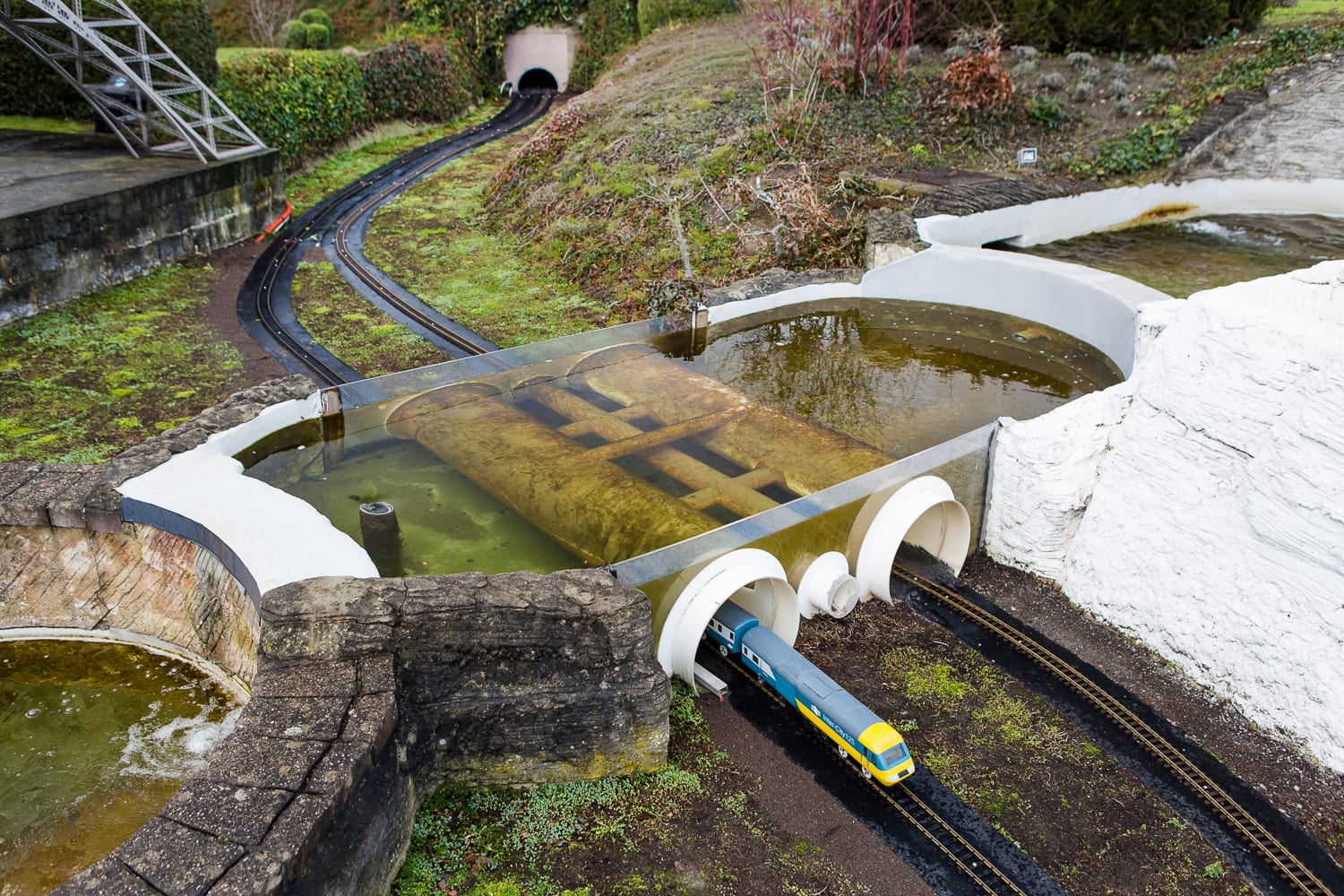
“I had this really strong feeling that one of the great mistakes being made in Europe was the way difficult histories hadn’t really been resolved or laid to rest,” Bush says. “But had often been brushed aside in the rush towards economic prosperity and closer union between member states.”
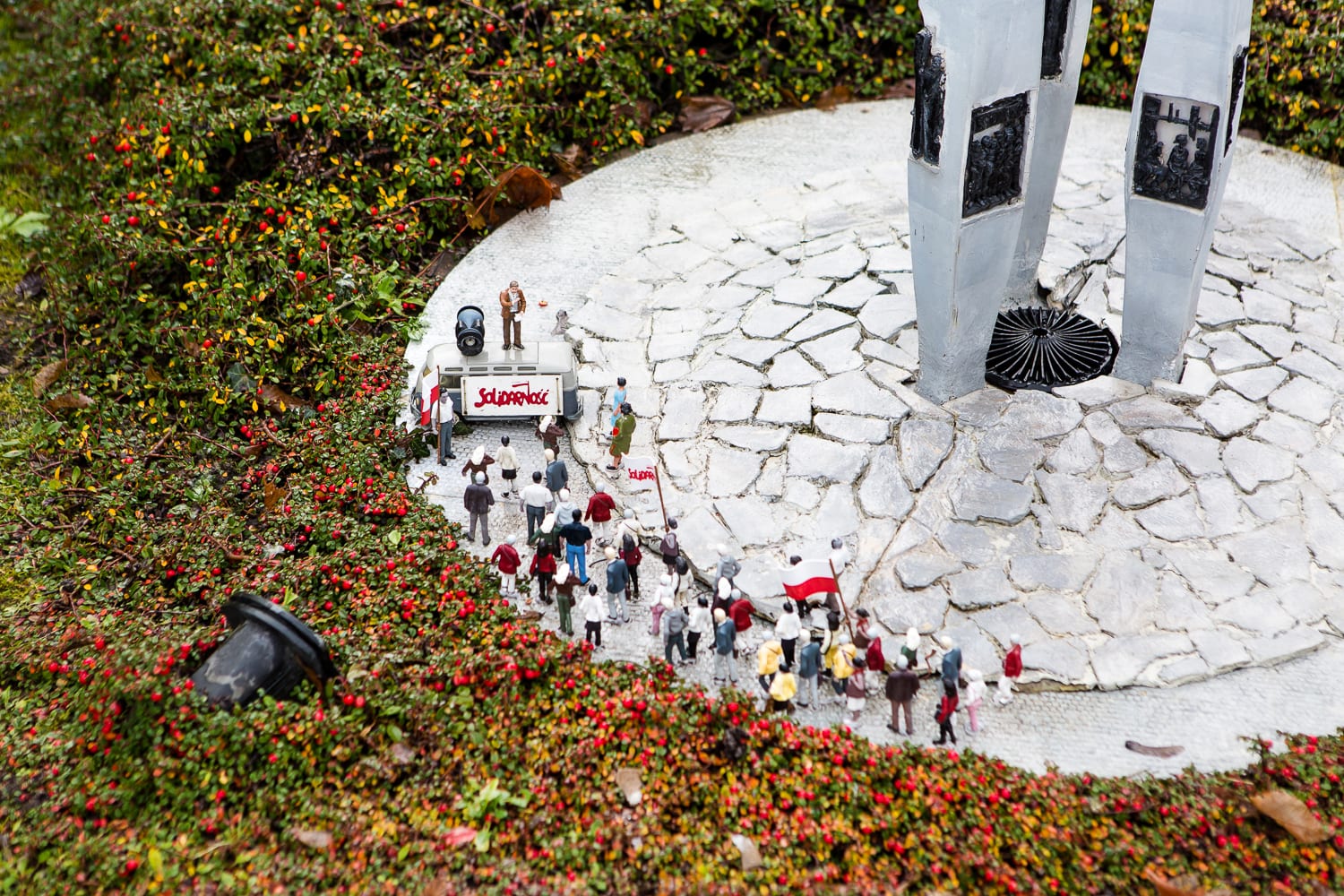
Bush captures how the nature of the park created unintended juxtapositions, like national landmarks positioned by litter bins, with the logos of corporate sponsors sometimes appearing among some of the continent’s oldest and most iconic historic buildings.
The result is almost accidentally revealing: “Instead of being idealised though the result is just a weird mess of contrasts and contradictions which seem to speak to the state of the real EU,” says Bush.
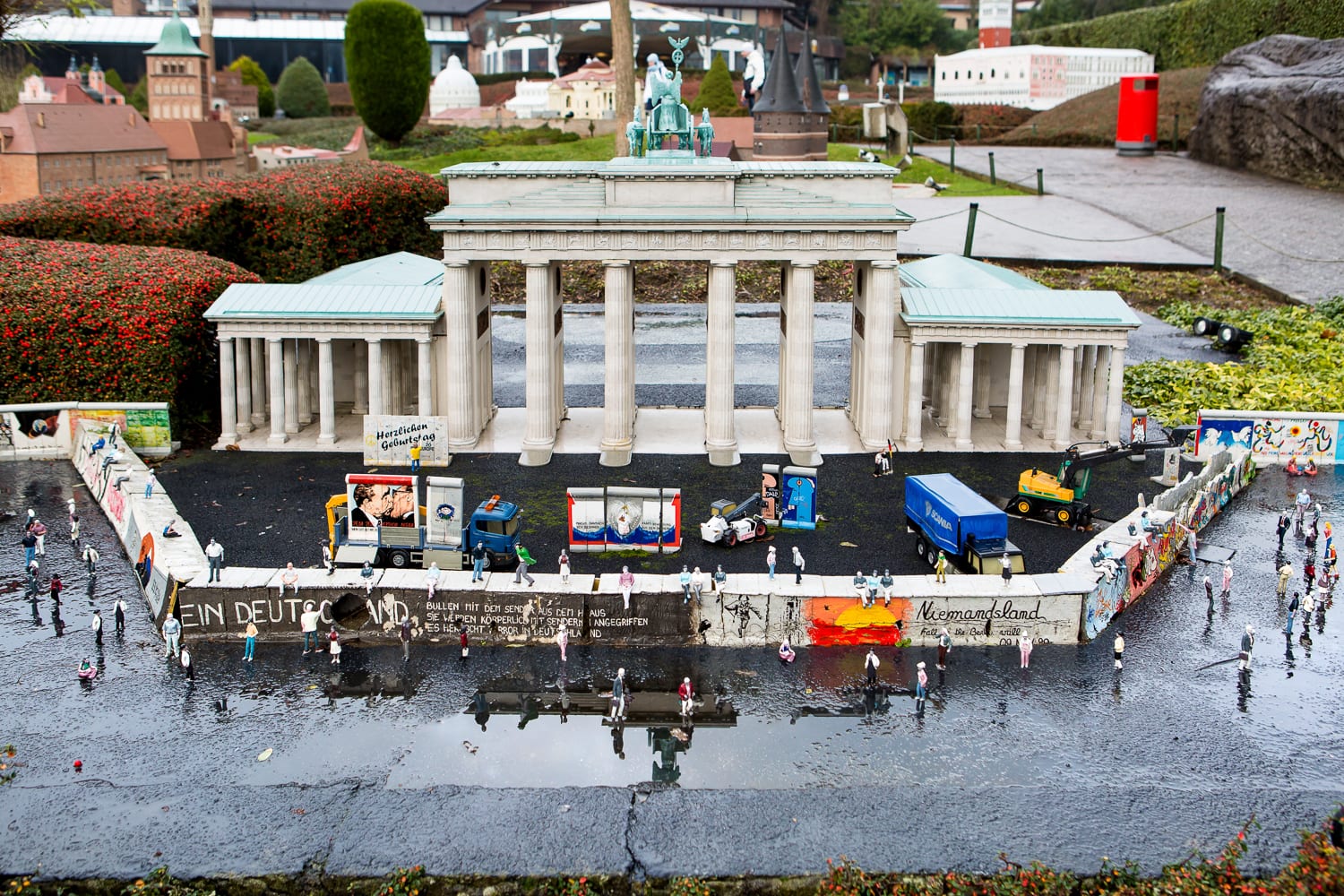
The EU Theme Park was, therefore, “a total metaphor” for the European Union as it stands now, at an existential moment as defining as any since its formation in 1993, as Britain prepares to go to the polls for a referendum on our continued membership of the Brussels hierarchy.
But the theme park made a broader point, he says, mediating on the idea of history as something “simplified and commodified into a tourist spectacle.”
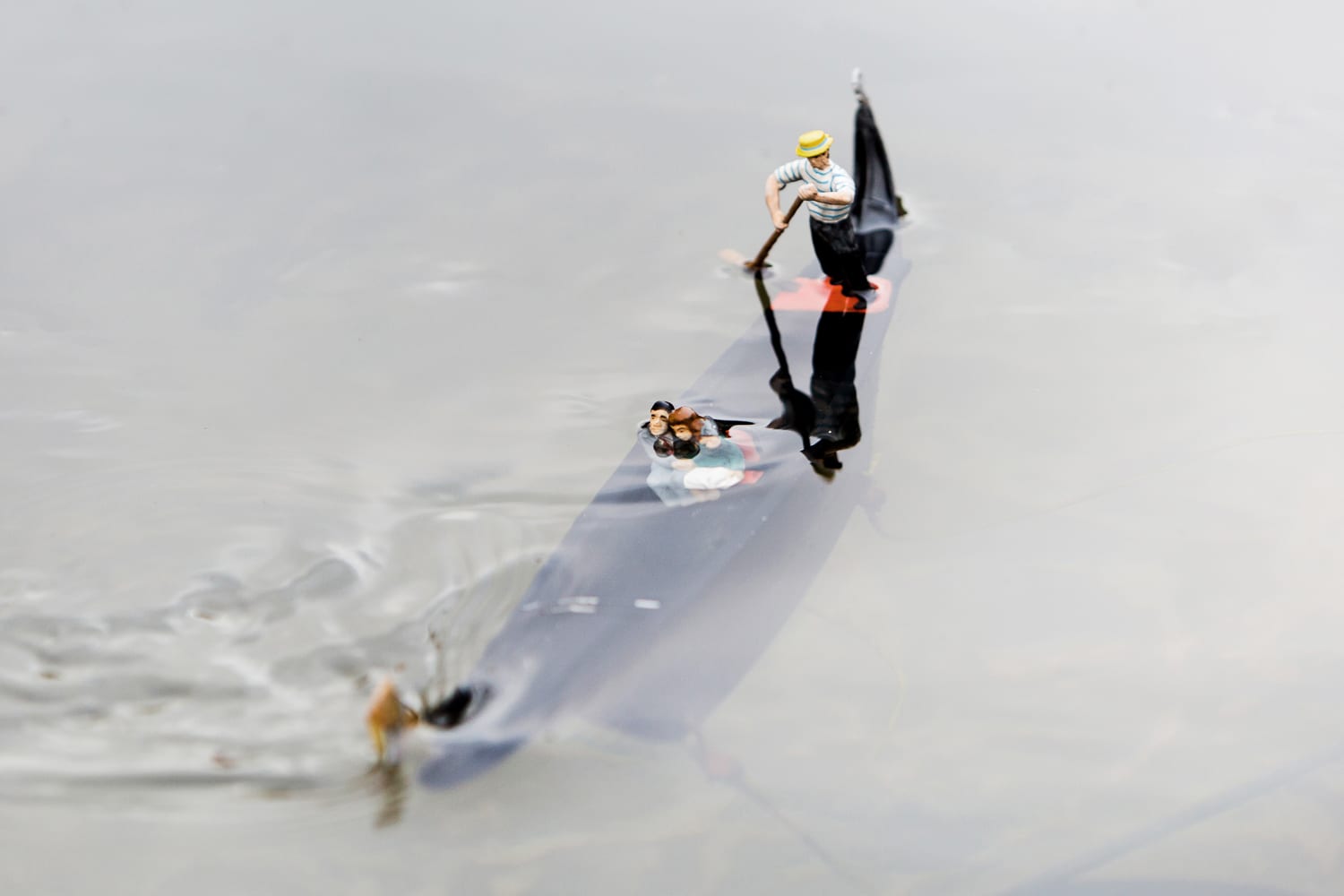
“Despite the tone of the images, I’m not a Eurosceptic,” Bush says. “I think the principle of the European Union is an amazing one, even if the reality is sometimes rather far from what I might hope for.
“But the essence of something amazing is you have to stick with it, talk about its problems and work to resolve them, not to retreat into isolationism.”
Find out more information on the project, and see more of Lewis’ photography, here.

